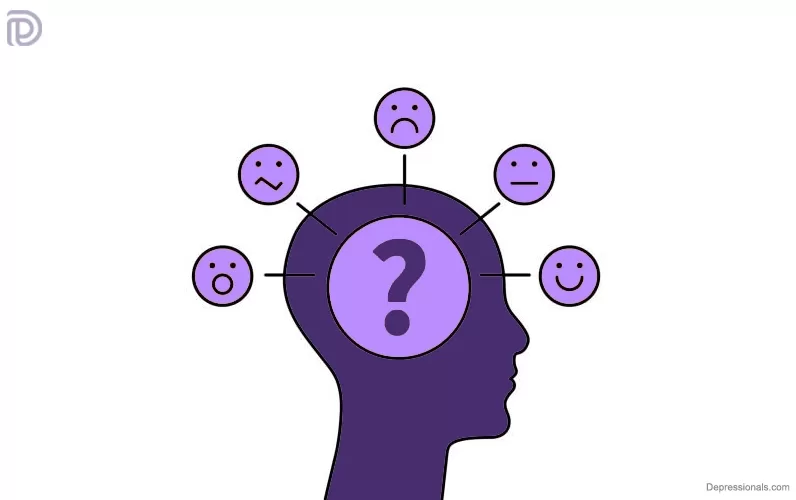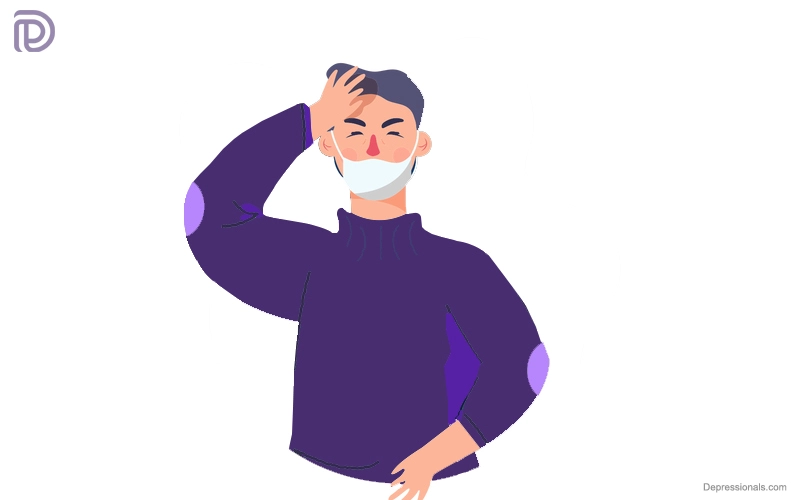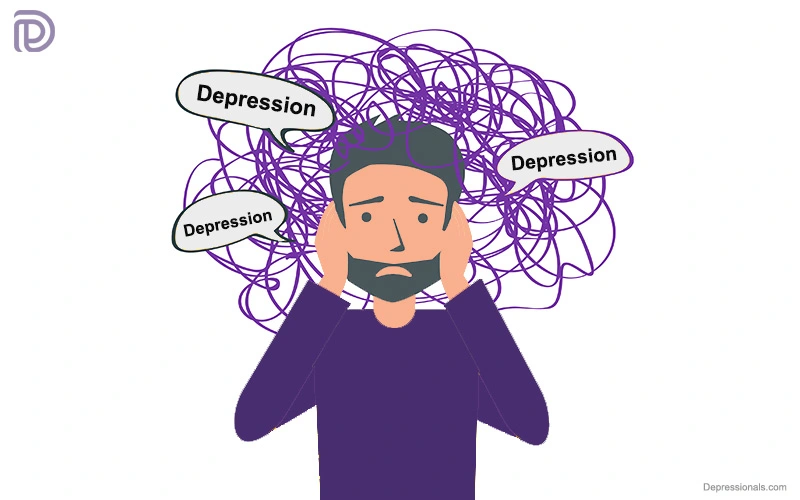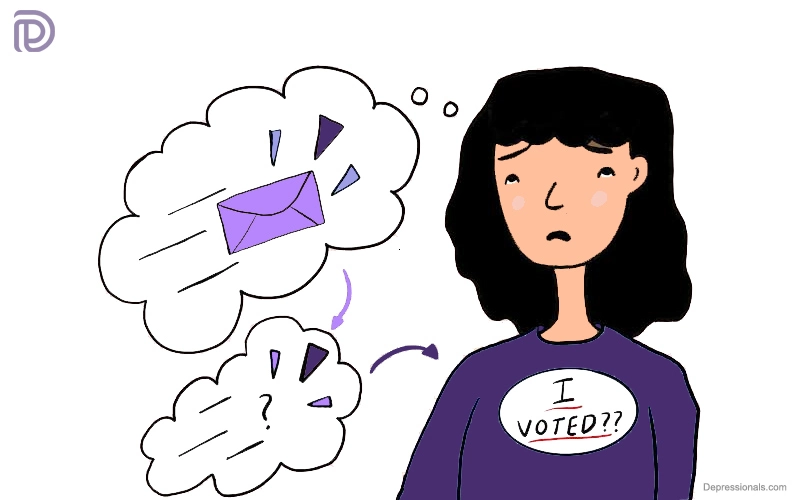What is cyclothymia?
The cyclothymic disorder, also known as cyclothymia, is a relatively mild mood disorder. Moods can change from mild depression to elevated moods in cyclothymic disorder. There is never a sign of major depression or full mania during the low and high mood swings. Bipolar disorder tends to have more intense symptoms than cyclothymic disorder.
Who gets cyclothymic disorder?
There are between 0.4% and 1% of Americans with cyclothymia. There are equal numbers of males and females affected. Most commonly, symptoms begin during adolescence or in early adulthood. Often, it is difficult to pinpoint when cyclothymia begins.
Read: Situational Depression
What are the symptoms of cyclothymia?
When someone is suffering from cyclothymia, moods fluctuate between mild depression and hypomania. Patterns are irregular and unpredictable in most people. It is possible to feel depressed for days or even weeks after experiencing hypomania.
The person might have a normal mood when between up and down moods, or he or she may cycle continuously from hypomanic to depressive, without any regular interval between the two moods.
The mood symptoms of cyclothymia are mild compared with those of more serious mood disorders. The cyclothymic disorder does not show depressive symptoms that would qualify for major depression. It is never considered to be mania when the mood is elevated.
Psychological disorders and normal changes in mood and personality can both be accompanied by cyclothymia. There are some individuals with mild-to-moderate levels of hypomania who excel in life as a result of their talents. Meanwhile, chronic depression and irritability can lead to relationships that are strained or even destroyed.
Some of the depressive cyclothymia symptoms are:
- Irritation
- Aggressiveness
- Sleep disorders (insomnia or hypersomnia)
- Appetite changes
- Weight gain or loss
- Low energy or fatigue
- low sexual desire and function
- Feelings of worthlessness, guilt or hopelessness
- Inattention and forgetfulness
- Symptoms that are unexplained
Related: Bipolar 1 Disorder
Cyclothymia may cause the following manic symptoms:
- Self-esteem that is extremely high
- Talking too much or speaking very fast, sometimes so fast other people can’t follow the speaker
- Racing thoughts (muddled and disorganized)
- Focus issues
- Hyperactivity and restlessness
- Anxiety increases
- Sleeping little or no (with no signs of fatigue) for days on end
- Argumentative
- Hypersexuality
- Impulsive or reckless behavior
Related: Motor Disorders
It is possible for patients to experience “mixed periods,” in which they experience both manic and depressive symptoms simultaneously, and one is followed immediately by the other.
Related: Bipolar II Disorder
What causes cyclothymic disorder?
Cyclothymic disorder is often described as a very mild form of bipolar disorder. There is no known cause of cyclothymia or bipolar disorder. These two disorders are influenced by genetic factors. The risk of having bipolar disorder is higher for those who have cyclothymia, and vice versa.
What are the treatments for cyclothymia?
It is common for cyclothymia to go undiagnosed and untreated. Mental illness is usually considered mild enough for people not to seek treatment. Cyclothymia treatment can reduce both the “up” and the “down” episodes for some people.
A depression resulting from cyclothymic disorder is frequently more intense, disruptive and unpleasant than hypomania. People with cyclothymia usually seek help due to feelings of depression or instability.
Cyclothymia cannot be treated with medicines that are specifically approved for that purpose, although mood stabilizers such as lithium or lamotrigine are sometimes recommended as a possible strategy to decrease mood fluctuations.
It is generally not recommended to take antidepressants such as Prozac, Paxil or Zoloft unless someone develops full-blown major depression, which, by definition, does not occur with cyclothymic disorder. A small subgroup of people who are vulnerable to antidepressants may also experience mania symptoms.
In addition, it has not been shown that antidepressants alone can improve mood fluctuations, a characteristic of cyclothymic disorder.
Bipolar disorder is technically the result of elevated or depressed moods that become severe rather than cyclothymia. Many people first seek treatment for severe symptoms when they are afflicted by this progression.
Related: How to Overcome Depression
Complications
It is important to know the following if you suffer from cyclothymia:
- A failure to address it can lead to significant emotional problems affecting all aspects of your life
- An individual with bipolar disorder I or II has a high chance of developing the disorder in the future
- Substance abuse is common
- Anxiety disorders may also be present
- Suicidal thoughts and suicide may be more likely to occur in this situation
Prevention
Cyclothymia can’t be prevented completely. When cyclothymia is detected at the earliest sign, treatment can prevent it from worsening. It is possible to prevent hypomania, mania, and major depressive episodes from becoming severe through long-term prevention treatment.
Living with cyclothymia
Cyclothymia can have devastating effects on a person’s life. Personal and professional relationships are frequently affected by unstable moods. Some individuals have difficulty building long-term relationships or are consistently unable to perform well at work. Impulsive behavior can damage one’s well-being and put one at risk for legal action.
Alcohol abuse and drug abuse are more common in people with cyclothymic disorder. Cyclothymic may have problems with substance abuse as well as their mental illness.
Bipolar disorder may develop after cyclothymia has become fully developed. They appear to be at greater risk of suicide, based on limited research. Researchers are still unsure of whether mood stabilizers can reduce this risk, although some clinicians are hopeful.
Contact: Mental Help Resources
What is the outlook for cyclothymia?
You are able to manage the symptoms of cyclothymia with treatments, but there is no cure. You can expect your doctor to help you come up with a treatment plan consisting of both medication and therapy.
It is tempting during episodes of hypomania to stop taking medication or attend therapy. Maintaining a treatment plan is very important.






Yes i am totally agreed with this article and i just want say that this article is very nice and very informative article.I will make sure to be reading your blog more. You made a good point but I can’t help but wonder, what about the other side? !!!!!!THANKS!!!!!!
I really appreciate the kind of topics post here. Thanks for sharing us a great information that is actually helpful. Good day!
Utterly written written content, Really enjoyed looking through.
At last someone wrote something very important about such hot topic and it is very relevant nowadays.
Hi , I do believe this is an excellent blog. I stumbled upon it on Yahoo , i will come back once again. Money and freedom is the best way to change, may you be rich and help other people.